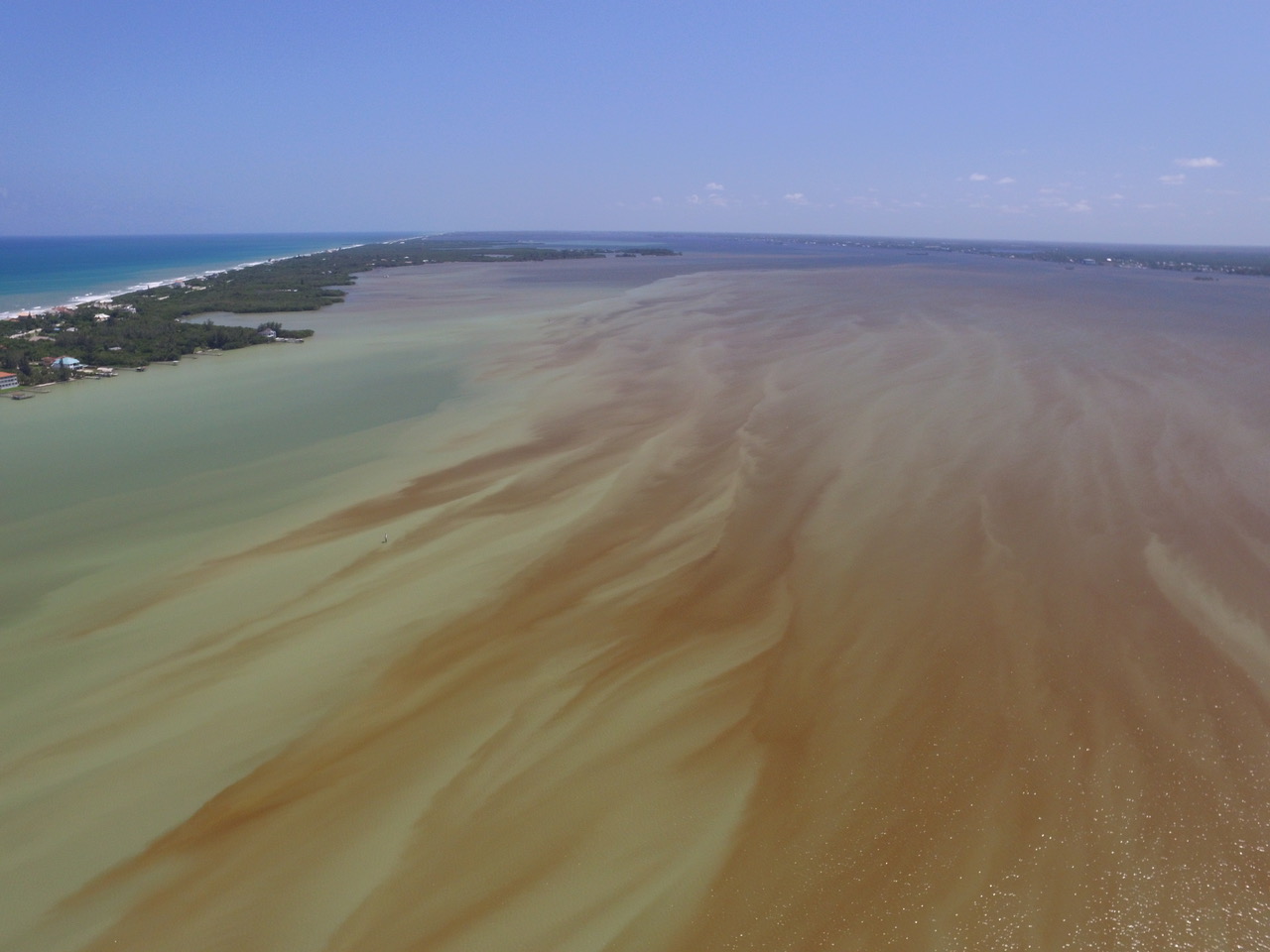
5 minute read
Restoring The Indian River Lagoon
BY DR. DUANE DE FREESE, INDIAN RIVER LAGOON NATIONAL ESTUARY PROGRAM
The Indian River Lagoon (IRL) has been impacted by recurring harmful algal blooms (HABS) that reduced water clarity and caused an 89 percent loss of seagrass coverage. The loss of seagrasses, an important fish habitat and forage area, impacts every species in the IRL food web. These HABs are fueled by nutrient pollution from land-based human sources. The timing and types of algae species that bloom are influenced by water temperature, salinity, water residence time and complex biological factors. HABs, fish kills, and seagrass loss were the genesis for heightened public awareness and a public demand for action. They were also the catalyst for restructuring the 25-year old Indian River Lagoon National Estuary Program (IRLNEP) within a new host agency, the IRL Council, an independent special district of Florida. The goal was to expand lagoon-wide leadership with a new focus on IRL restoration and long-term stewardship.
NEPs are authorized by Section 320 of the Clean Water Act and are administered through the U.S. Environmental Protection Agency (EPA) to convene a Management Conference of stakeholders who work together to develop a science-based, consensus-driven, ten-year Comprehensive Conservation and Management Plan (CCMP); track restoration progress; expand local, state and federal leadership; and engage in estuary restoration and stewardship.
Forty-eight resource managers serve on the IRLNEP Management Board (MB). Thirty scientists serve on the Science, Technology, Engineering and Modeling Advisory Committee (STEMAC). Dr. Aaron Adams, Bonefish & Tarpon Trust’s Director of Science and Conservation, is one of those dedicated scientists. Fifteen citizens representing each of the five IRL counties serve on a Citizen Advisory Committee (CAC). The MB, STEMAC, and CAC members meet quarterly and serve in an advisory role to the IRL Council Board of Directors. The eight-member Board is comprised of elected officials from each of the five IRL Counties, Florida Department of Environmental Protection, South Florida Water Management District and St. Johns River Water Management District. Each Board agency allocates annual matching funds as part of an Interlocal Agreement to match the annual EPA NEP grant. The EPA serves an ex officio advisory role to the Board of Directors.
Program highlights include completion of important planning documents including the IRL CCMP – Looking Ahead to 2030, Climate Ready Estuary Plan, One Lagoon Monitoring Plan, and a Strategy for Financing the CCMP. All are available on the IRLNEP website, www.onelagoon.org. A One Lagoon Habitat Restoration Plan is in development. Other examples of progress include funding for water quality, habitat restoration, community engagement in restoration, monitoring, scientific research, and innovation. Every project is progress.

In 2023, the IRLNEP funded and administered 28 projects with an investment of $2,771,970. During the same fiscal year, the IRLNEP documented an additional 301 IRL projects that were implemented and funded by our partners using other funds. In total, from 2016-2023 the IRLNEP has invested a total of $14.8 million in 208 IRL projects.
The passage of the Infrastructure Investment and Jobs Act (IIJA) has expanded the capacity of the IRLNEP. During FY 2022-2026, the IRLNEP will receive an additional $909,800 annually. Half of these funds are being used to establish a network of seagrass nurseries to support seagrass restoration, research, and education. Nursery sites include Florida Oceanographic Society, FAU-Harbor Brach Oceanographic Institute, Brevard Zoo, Marine Discovery Center, and Sea and Shoreline LLC. The remainder of the IIJA funds will be available through the IRLNEP annual competitive grants cycle.
In addition to expanded federal funding, Governor Ron DeSantis and the Florida Legislature have increased funding for Everglades restoration, community Legislative Budget Requests (LBRs), and state agency funding for competitive local cost-share projects. The FY 2023-2024 state budget included $694 million for Everglades projects, over $33 million in LBRs, and $100 million for a new Indian River Lagoon Protection Program. These are truly historic investments.
Restoration and maintenance of good water quality in the IRL is the foundation for sustained estuary recovery and stewardship. Bringing the IRL back to health will require recurring annual investments in wastewater infrastructure and stormwater improvements. Clean water is the foundation for successful habitat restoration and species recovery. As we move forward, expanded funding for water quality monitoring, targeted scientific research, habitat restoration, and new technology development will be essential to success. A challenging next step will be to move beyond project-focused implementation to a more holistic, ecosystem-wide approach. The IRLNEP will be helping to advance those initiatives.
Success will also require a paradigm shift in how we value clean water and ecosystem services. We need to rethink how we regulate, enforce, and incentivize responsible growth management. We also need to look beyond one-time costs to the long-term benefits of clean water, a vibrant coastal economy, enhanced coastal resilience, the value of ecosystem services and improved quality of life for Florida residents and visitors alike.









